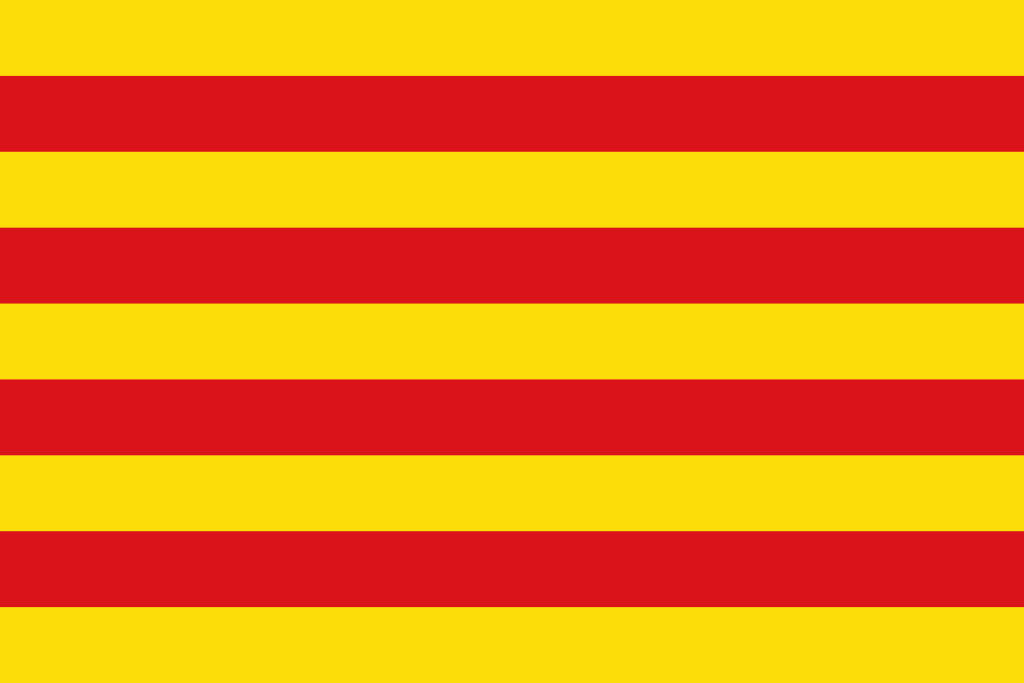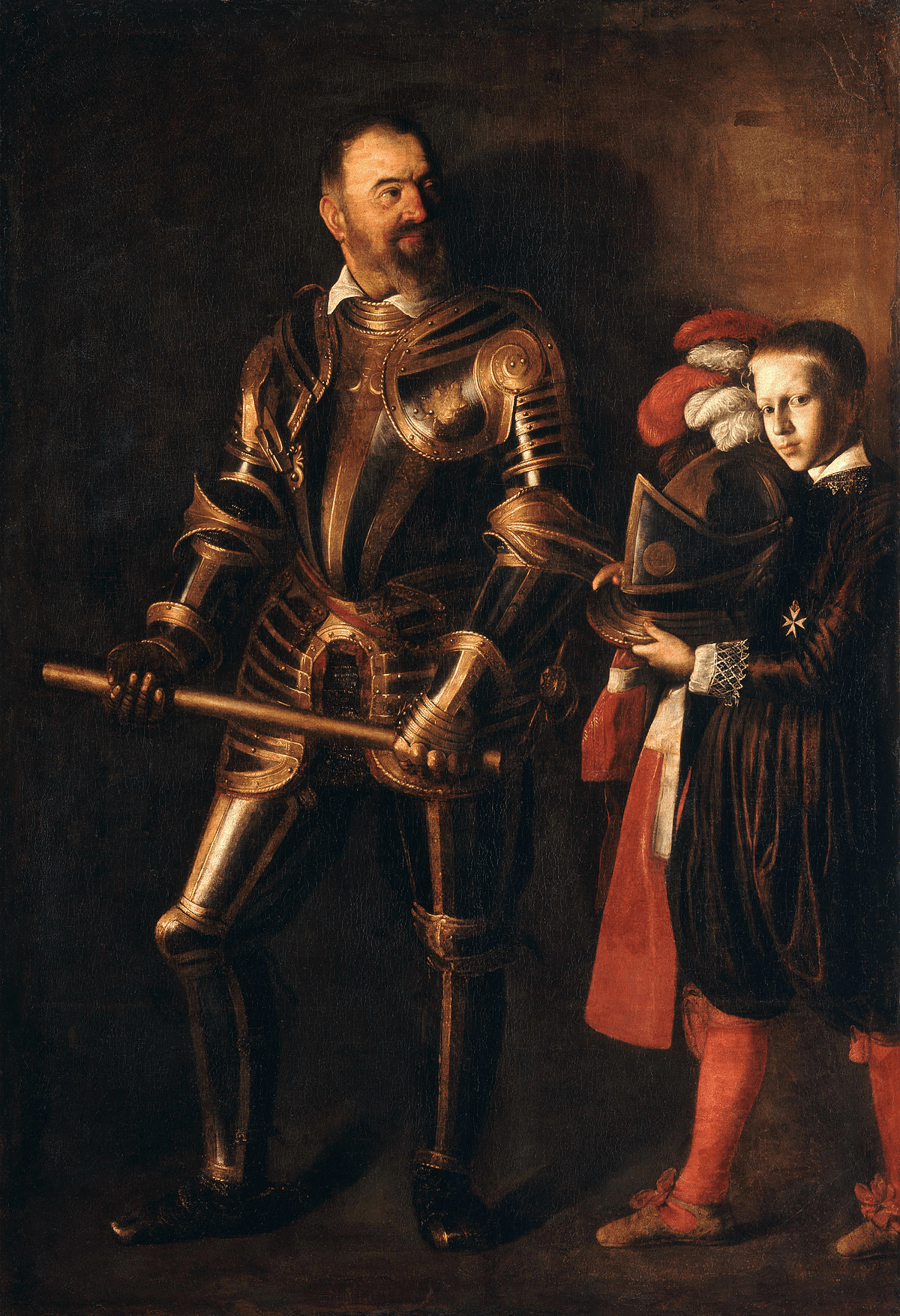The Maltese Islands
When the Maltese islands were under the rule of the Aragonese, the local government or the Universita had the responsibility of defending the coasts. But the Universita faced a large problem, that of not having enough men to keep the watch-posts. This critical situation is mentioned for the first time in 1399. The lack of men to keep the watch-posts resulted in many attacks by the Moors, which often resulted in the carrying of many Maltese into slavery.2
However, efforts were made to organise an efficient watch around the coast-line. The best examples of these attempts are the Militia Lists of 1417 and 1419-20, which were published by Profs Godfrey Wettinger. From these lists we know that in Mellieha there were at least three watch-posts; one at Ghajn Tuffieha, one at l-Ahrax and the last one at Ir-Ramla. Here, il-Mahras (Coastal Watch) maintained coastal watch in summer time, where there was a probability of an invasion by the Muslims because of the good weather.3

Both on Ghajn Tuffieha and id-Dahar there are references of Burgio or Borg. In the former the land where the Hospitallers’ built their tower is referred as Borg. This is an indication that there were the remains of a building, probably a tower. At id-Dahar too there is a reference, this time Burgio torre, with a probability that there was a medieval tower. In these two places the Universita of Mdina maintained coastal watch, where il-Mahras kept watch there. It is interesting to note that in the 17th century in both in these places coastal towers were built; the Ghajn Tuffieha and Red Towers. Therefore, the Hospitallers probably built there towers in the areas where il-Mahras maintained their coastal watch.
When the Hospitallers arrived in Malta, in 1530, they did not build towers. It took at least a century for the Hospitallers to built towers. We have to bear in mind that during this period the most important type of coastal fortification was the tower. In fact many of the Mediterranean countries of this period built coastal towers.
The system of coastal towers was developed more technically by the Spaniards, in Spain and their colonial possessions. Until 1567, in Naples, Pietro de Toledo, the Spanish viceroy, built some 313 coastal towers throughout the Neapolitan kingdom. In Sicily Ferrante Gonzaga, the Spanish viceroy built from 1535 and 1543 some 137 coastal towers. The Spanish began refortifying their possessions because they found them too weak to resist any Turkish assault. 6
In Spain too the fortifications were modernised; in 1563 in Valencia the old towers were replaced by new ones, which had room for the artillery. In 1536, in Majorca sentinels sighted enemy vessels. This can be an indication that towers were built there too. On the other hand, by 1576, the southern-most province of Spain, Granada, had a coastal defence service, because of its proximity to Morocco, in order to defend the territory. In Sardinia too, the Spaniards built towers and fortifications. 7

During the early decades of the Hospitaller rule in Malta they concentrated their energies on the Grand Harbour fortifications.8 However, the Knights felt the lack of defences in the remainder of the Islands. So, the Hospitallers seeing what was happening in nearby Sicily decided in the early 17th century to start building coastal towers. The first tower to be built was at Mgarr, Gozo, when Grand Master Martin Garzes had left in his will a sum of money for the building of this tower.9
Another Grand Master who took interest in the building of coastal towers was Wignacourt, who paid for the erection of seven large towers himself. These were Wignacourt Tower at St. Paul’s Bay, Fort St. Lucian in Marsaxlokk, Fort St. Thomas in Marsascala, St. Mary Tower at Comino, Santa Maria delle Grazie Tower, and the last one at Marsalforn, Gozo. These towers were squarish in shape and very large. These towers were built in such a position to dominate vulnerable bays. It is a probability that these towers were designed by Vittorio Cassar, the son of Girolomo Cassar.10
In the mid 17th century the Hospitallers continued on this line of building new towers. In fact from 1636 to 1657 Grand Master Lascaris paid for the building of another seven towers. These were Lippija Tower in Gnejna Bay, Fra Ben Tower in Qawra, Ghajn Tuffieha Tower in Ghajn Tuffieha, St. George’s Bay Tower in St. George’s Bay, Nadur Tower in Bingemma, Wied iz-Zurrieq Tower in Zurrieq and Fort St. Agatha in Mellieha.11 Apart from the red Tower all the other were small and consisted of two storeys, a flat roof and a parapet.12 Sometimes, on the roof a cannon was positioned their.
The next Grand Master who took interest in erecting coastal towers was Martino de Redin, who from 1658-61 built thirteen towers around the island. These were Ghajn Hadid Tower in Mellieha, Ghallis Tower in Ghallis, Qalet Marku in Qalet Marku, Madliena Tower in Madliena, St. Julians Tower in St. Julians, L-Ahrax Tower in Mellieha, Benghisa Tower in Benghisa, Triq il-Wiesgha Tower, Xrob l-Ghagin Tower in Marsascala, Delimara Tower in Delimara, Zonqor Point Tower, Wardija Tower, Hamrija Tower and Mgarr ix-Xini Tower in Gozo.13
Unfortunately, after the death of Grand Master de Redin the enthusiasm for building new towers died out and by the late 17th century these fortifications were in a bad state. So, the Universita was instructed to repair them. It is interesting to note that the large majority of these towers were built in places previously existed watch-posts. Therefore, the building of these towers was seen as to augment the coastal defences.
It was only in the early 18th century that new interest in coastal defences appears which resulted in the construction of coastal batteries, coastal redoubts and coastal entrenchments. But that is another story….
References:
1 Alison Hoppen. The fortification of Malta by the Order of St. John 1530-1798, Scottish Academic press, Great Britain, 1979, 173.
2 Stanley Fiorini., “Id-Dejma, il-Mahras and the defence of the Maltese islands in the late medieval and early modern times”, George Cassar (ed), Sacra Militia: Journal of the Sacra Militia Foundation for the study of the Military and naval History of the Sovereign Military Order of Malt,a Issue 2, May 2003, Five Star printing Design, Malta, 2003, p 17
3 Ibid, p 20
4 Godfrey Wettinger. Place-Names of the Maltese islands ca. 1300-1800, Publishers Enterprises Group (PEG) Ltd, Malta, 2000, pp 64-65.
5 Fra Gio Francesco Abela. Della descritione di Malta isola nel mare Siciliano con le antiche ed alter notitie, First edition 1647, Fascmile Edition 1984 Midsea Books ltd, Reproduces and printed by Interprint, Malta, p 73
6 Fernand Braudel. The Mediterranean and the Mediterranean world in the age of Philip II, Vol II, University of California Press, USA, 1995, pp 850-851
7 Ibid, pp 853-854
8 Hoppen, op cit, p 173
9 Stephen Spiteri. Fortresses of the Cross: Hospitaller Military Architecture (1136-1798), A Heritage Interpretation Services Publication, Malta, 1994, p 473.
10 Hoppen, p 175.
11 Spiteri, op cit, pp 489-494
12 Hoppen, p 177
13 Spiteri, pp 496-501
14 Hoppen, p 179
Researched and Written by: Charles Debono B.A.(Hons) History